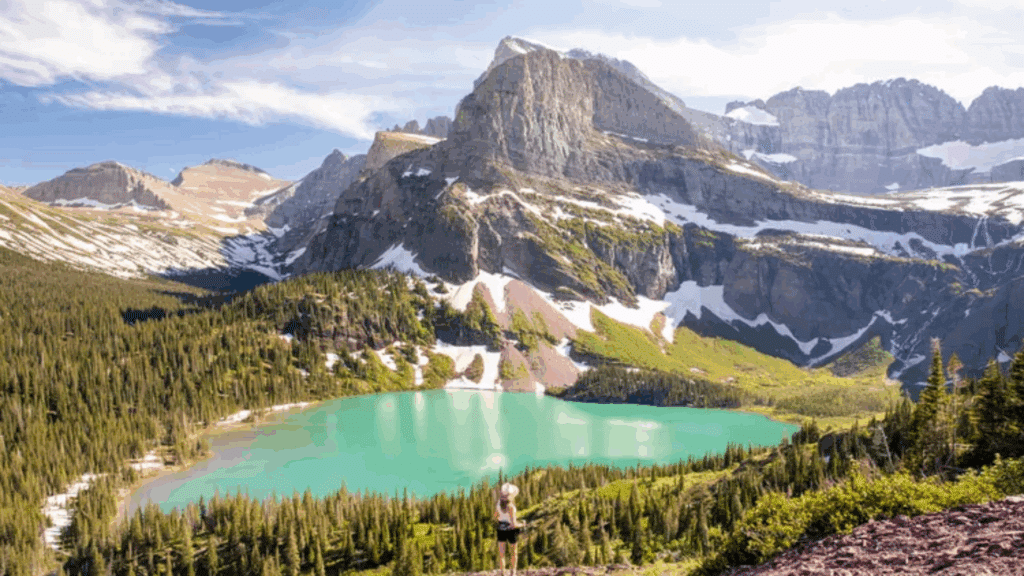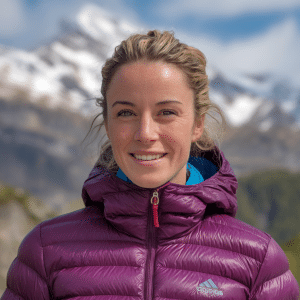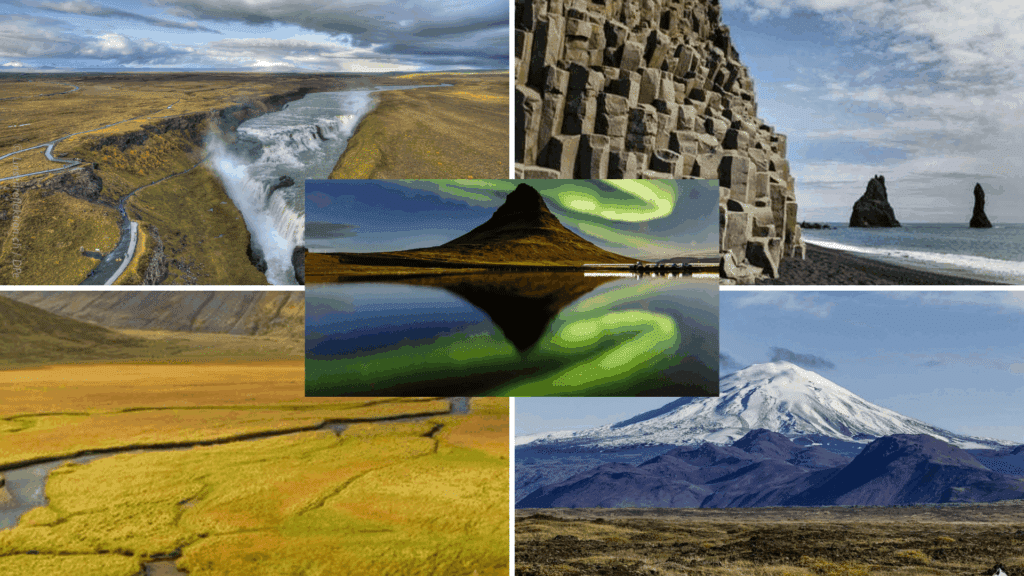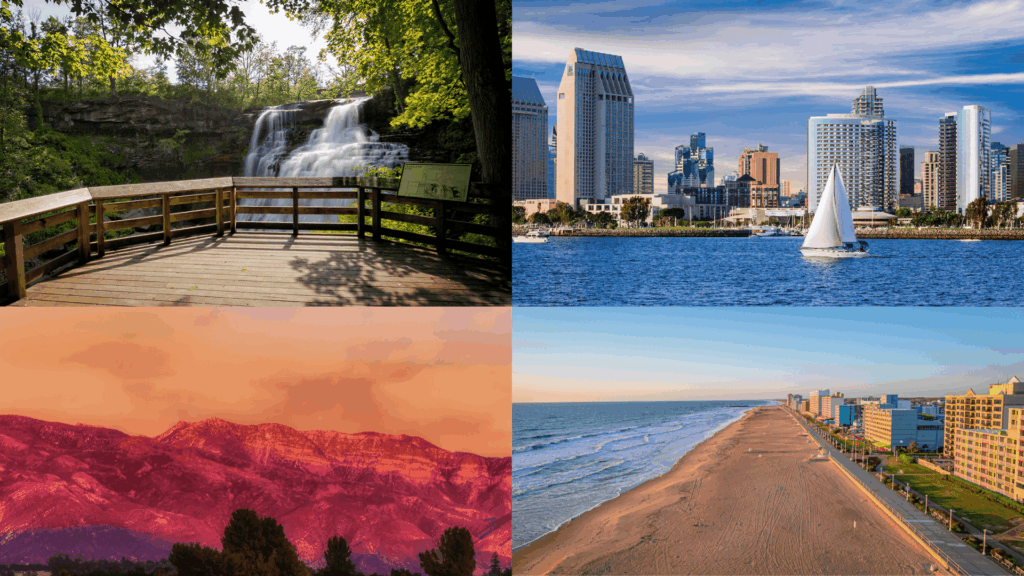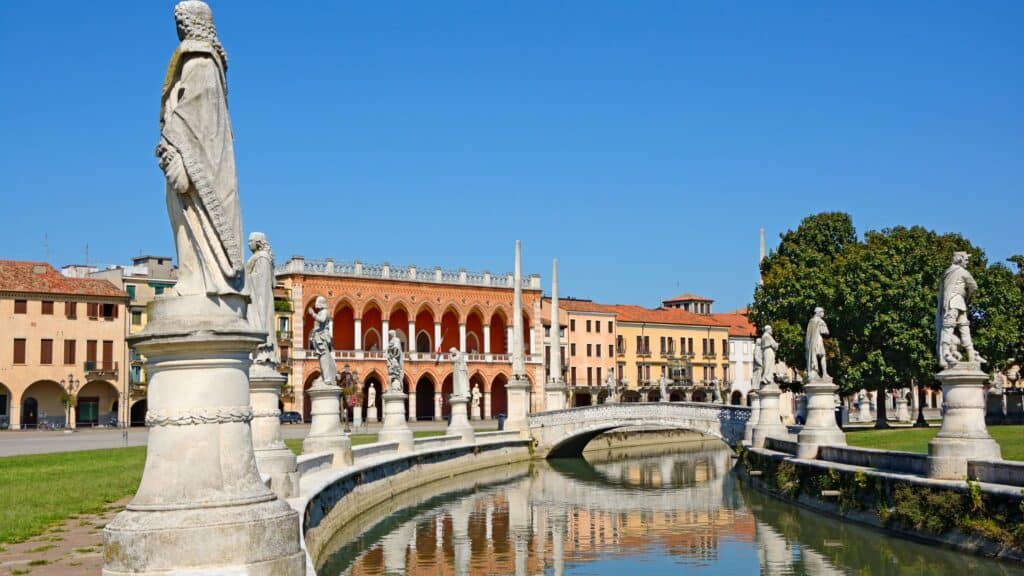Visiting Glacier National Park is a dream for nature lovers, hikers, and road trip enthusiasts alike.
Known for its snow-capped peaks, turquoise lakes, and over 700 miles of trails, this Montana gem offers breathtaking views in every season.
If you’re wondering about the best time to visit Glacier National Park, most travelers recommend late June through mid-September, when all roads and trails are fully open.
This period is often called the Glacier National Park best time to visit because you’ll enjoy warm weather, long daylight hours, and easy access to its top attractions.
If you’re here for scenic drives, wildlife photography, or mountain thrills, planning around these months ensures a trip you’ll never forget.
5-Day Glacier National Park Itinerary: Day-by-Day Guide
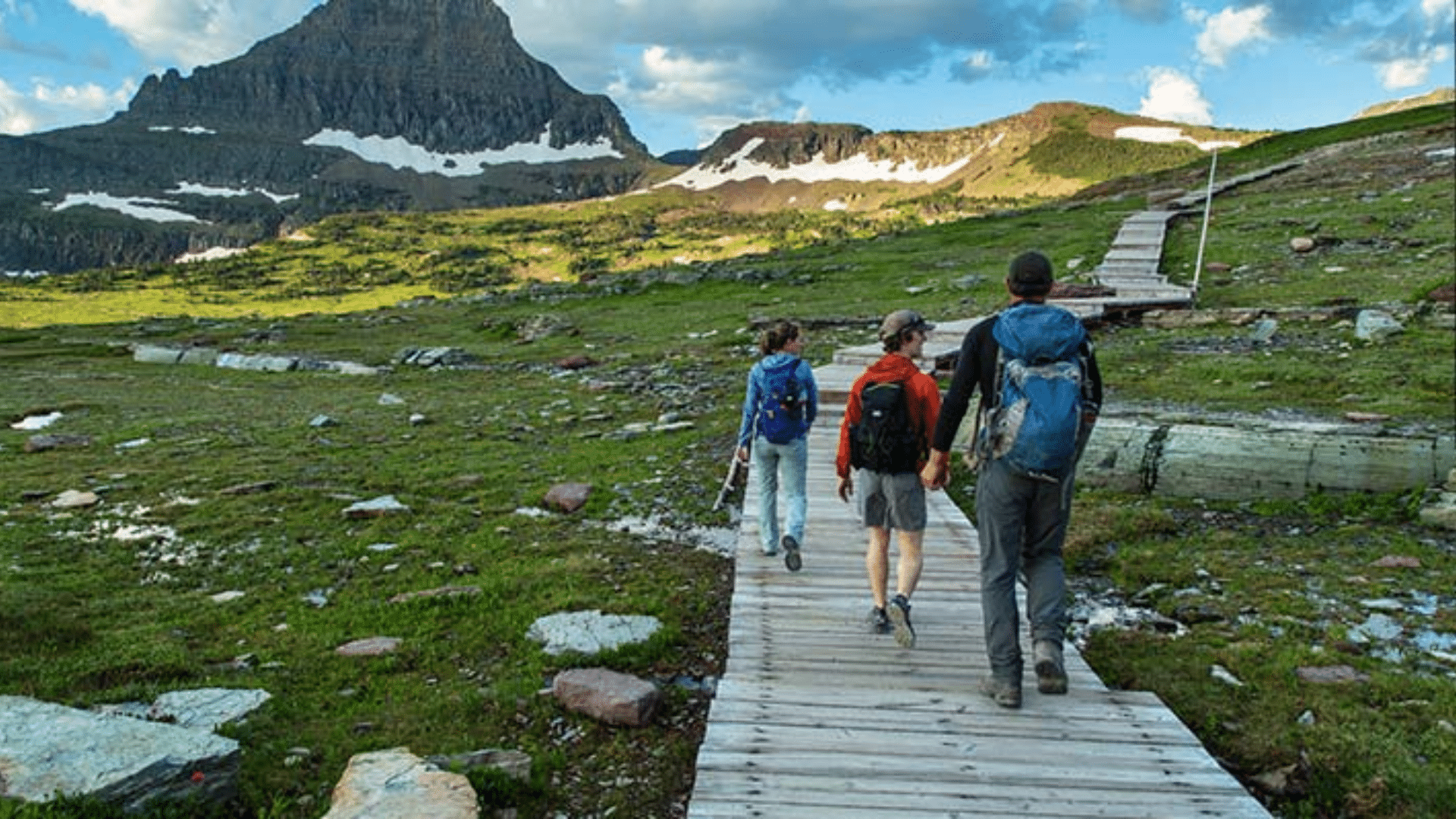
SOURCE: Glacier Park Collection
This 5‑day plan blends Glacier’s most iconic landmarks with hidden gems — giving you the perfect balance of excitement and relaxation.
Day 1: Welcome to Glacier National Park!
Take it slow and settle in the next few days will be filled with breathtaking landscapes, crystal-clear lakes, and unforgettable wildlife encounters.
Get ready to immerse yourself in the magic of Montana’s Crown of the Continent.
- Arrive in West Glacier: After arriving at Glacier Park International Airport (Kalispell) or driving in from nearby cities, head to your hotel or lodge and check in.
- Evening Stroll at Lake McDonald: Take a relaxing walk along the shoreline of Lake McDonald, known for its colorful pebbles and serene atmosphere.
Watch as the sunset paints the surrounding peaks in golden light. - Check the Surrounding Village: Wander through Apgar Village’s cozy shops and eateries, soaking in the laid-back mountain vibe.
Photography Spots: Lake McDonald Shoreline, Apgar Beach, Mountain Reflections
Overnight Stay: West Glacier or Apgar Village
Travel Time: Airport to West Glacier – 30 to 45 minutes (by car)
Day 2: Scenic Drive & Alpine Experiences
Today is all about one of the most famous drives in the world; Going-to-the-Sun Road with plenty of opportunities to stop, hike, and photograph unforgettable views.
- Morning Drive: Start early to avoid crowds and take in stops such as Lake McDonald Lodge, Avalanche Creek, and the Weeping Wall.
- Midday at Logan Pass: Park at the Logan Pass Visitor Center and choose a short hike like Hidden Lake Overlook or a longer trek on the Highline Trail.
- Scenic Stops: Big Bend, Jackson Glacier Overlook, and St. Mary Lake viewpoints.
- Evening Arrival: Continue to the St. Mary area for your overnight stay.
Photography Spots: Avalanche Lake, Logan Pass, St. Mary Lake
Overnight Stay: St. Mary or nearby lodges
Travel Time: West Glacier to St. Mary via Going-to-the-Sun Road – 3 to 4 hours with stops
Day 3: Many Glacier Wonders
Known as the heart of hiking in Glacier, Many Glacier offers dramatic peaks, wildlife sightings, and some of the park’s most stunning trails.
- Morning Excursion: Head to the Many Glacier area and choose a hike such as Grinnell Glacier or Iceberg Lake, both offering unforgettable alpine scenery.
- Midday Picnic: Enjoy lunch by Swiftcurrent Lake or along the trail with mountain views.
- Afternoon Boat Tour: Take a relaxing boat ride on Swiftcurrent or Josephine Lake for a different perspective of the valley.
- Evening Rest: Return to your lodge and unwind.
Photography Spots: Grinnell Glacier, Iceberg Lake, Swiftcurrent Lake
Overnight Stay: Many Glacier or St. Mary
Travel Time: St. Mary to Many Glacier – 30 to 45 minutes
Day 4: Tranquility in Two Medicine
Escape the crowds in the peaceful Two Medicine area, where calm lakes and hidden waterfalls await.
- Morning at Two Medicine Lake: Take the morning boat shuttle across the lake to start your hike with a scenic shortcut.
- Hike Options: Twin Falls (easy) or Upper Two Medicine Lake (moderate).
- Midday Picnic: Settle in by the lakeshore for a relaxing lunch.
- Afternoon Visit: Walk to Running Eagle Falls, a short and easy trail perfect for all ages.
- Evening Return: Head back toward West Glacier or East Glacier for your last night in the park.
Photography Spots: Two Medicine Lake, Twin Falls, Running Eagle Falls
Overnight Stay: East Glacier or West Glacier
Travel Time: St. Mary to Two Medicine – 1 to 1.5 hours
Day 5: Farewell to the Crown of the Continent
Make the most of your final hours in the park with a sunrise, a short hike, and some last scenic stops before heading home.
- Early Morning Wildlife Spotting: Drive through Many Glacier Road or Two Dog Flats for the best chances to see moose, bighorn sheep, and bears from a safe distance.
- Short Hike Options: Trail of the Cedars (easy boardwalk) or St. Mary Falls & Virginia Falls (moderate).
- Midday Lunch: Enjoy your final meal in the park before departure.
- Optional Stop: Visit the charming towns of Columbia Falls or Whitefish on your way out.
Photography Spots: Sunrise over Lake McDonald, St. Mary Falls, Virginia Falls
Overnight Stay: Not applicable; departure day
Travel Time: West Glacier to Airport – 30 to 45 minutes
Planning Guide for Glacier National Park
Planning a trip to Glacier National Park is about more than just picking dates it’s about knowing how to make the most of your time once you’re there.
From securing reservations for the Going-to-the-Sun Road to packing for unpredictable mountain weather, a little preparation goes a long way.
The park’s remote location, seasonal road closures, and varying trail conditions mean that having a solid plan will save you both time and stress.
Here are a few essentials to keep in mind:
- Book Early: Lodging, camping spots, and permits can sell out months in advance, especially during the summer peak.
- Know the Weather: Even in July, temperatures can range from chilly mornings to warm afternoons, so dress in layers.
- Transportation Tips: Consider renting a car for flexibility, but also look into the park’s free shuttle service to avoid parking hassles.
- Wildlife Safety: Always carry bear spray, make noise on trails, and observe animals from a safe distance.
- Stay Connected (or Not): Cell service is limited inside the park; download maps ahead of time and enjoy the unplugged experience.
Traveler Advice for Glacier National Park
SOURCE: Reddit
Travelers share a wide range of practical tips and personal experiences about visiting Glacier National Park. These first-hand accounts highlight the importance of planning ahead, knowing the park’s unique rules, and staying flexible to make the most of the trip.
- Don’t miss Many Glacier
Many visitors stress that the Many Glacier area is a must-see, especially the historic hotel.
They describe it as one of the most beautiful parts of the park, with access to iconic hikes like Grinnell Glacier and Iceberg Lake. - In-park lodging is worth it
Staying inside the park saves significant travel time and can help bypass some vehicle permit requirements.
While reservations often sell out quickly, travelers suggest checking lodging websites constantly even hourly since cancellations can open up last-minute spots. - Know the road reservation rules
Both Going-to-the-Sun Road and Many Glacier Road require reservations.
Travelers advise reading the National Park Service website carefully to avoid being turned away at the gate. - Alternative stays
Rising Sun on the east side is noted for last-minute availability and proximity to Logan Pass. Visitors also recommend cabins, yurts, and tiny homes outside the park as good alternatives. - Hiking priorities
For strong hikers, must-do trails include Highline Trail, Grinnell Glacier, and Triple Divide Peak; the latter being a rare hydrological feature where rain can flow to three different oceans. - East vs. West
Many agree that hikers should focus on the east side (Two Medicine and Many Glacier) for the best day hikes, while also leaving time for West Glacier highlights like Polebridge. - Community planning help
Travelers often read TripAdvisor trip reports and itineraries to refine their plans. They note that itinerary advice depends heavily on hiking ability, total days in the park, and where lodging is booked.
Best Time to Visit Glacier National Park
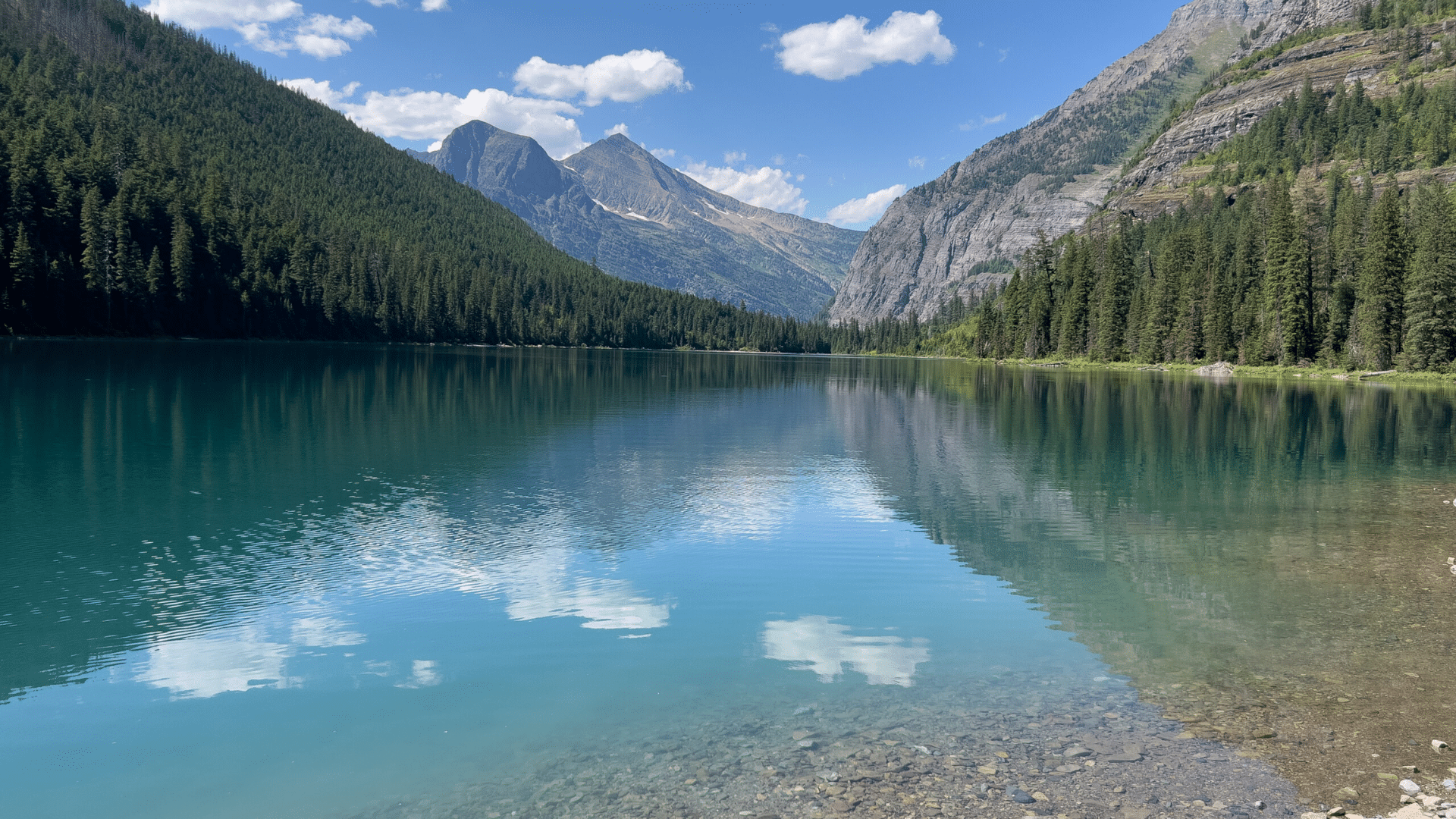
SOURCE: Modern Farmhouse
Choosing when to visit can make or break your Glacier National Park experience. Each month offers a different mix of weather, scenery, and crowd levels; here’s a quick breakdown to help you pick the perfect time for your trip:
| Month | Weather | Pros | Cons |
|---|---|---|---|
| June | Cool, snow in high areas | Wildflowers in bloom, fewer crowds | Some roads and trails still closed due to snow |
| July | Warm, sunny | All roads and trails open, long daylight hours | Peak crowds, higher lodging costs |
| August | Warm, dry | Best hiking conditions, stable weather | Crowds remain high |
| September | Cool, golden larch trees | Fewer tourists, stunning fall colors | Shorter days, cooler nights |
Final Call
No matter which month you choose, Glacier National Park offers unforgettable beauty and thrills.
June brings wildflowers and quieter trails, while July and August give you warm days and full access to every corner of the park.
September rewards visitors with golden larch trees and fewer crowds, making it a favorite for photographers.
If you value open roads and long hikes, mid‑summer is ideal but be ready for peak‑season prices and busy trails.
For a more peaceful trip, early or late in the season might be your best bet. Either way, the right timing will make your Glacier trip even more memorable.

